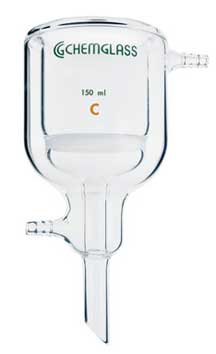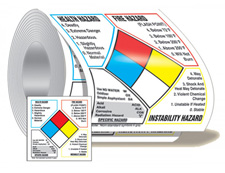| The Home page of ILPI's Safety Data Sheet (SDS) Resource, the leader in SDS information since 1995! | |
| The history and philosophy behind this resource. | |
| A curated collection of books and reference materials concerning Safety Data Sheets and closely related topics. | |
| Paste your plain text SDS into the SDS-Demystifier, and it will be converted into a hypertext-enriched document with links to detailed explanations of each key term. | |
| An extensive list of frequently asked questions about Safety Data Sheets including regulations, content, compliance, and more. | |
| A humorous take on Safety Data Sheet jargon. Fill in the blanks on our entry form to generate a personalized Unsafety Data Sheet to share with your coworkers. | |
| Since 1995, we've maintained this massive curated list of the best places to find Safety Data Sheets on the Internet. | |
| You are here! Way more than a glossary, this hypertext-enhanced resource covers hundreds of SDS-related terms and expert knowledge. Each entry includes both the SDS relevance and links to additional authoritative resources. | |
| Archived results of Safety Data Sheet related polls taken by some of our millions of site visitors | |
| The OSHA regulations behind SDS regulations, including the inspection guidelines and over 400 official interpretations letters under the Hazard Communication Standard | |
| Commercial suppliers of SDS authoring and management software as well as cloud compliance services. | |
| Commercial companies that will create SDS's for your specific needs as well as SDS translation companies. |

Safety signs, banners, and scoreboards? Get yours at Safety Emporium!
Definition
In the context of chemistry and materials, organic refers to a materials based on carbon (a chemical element abbreviated as C). Additional elements that are commonly found in organic materials are hydrogen (H), nitrogen (N), oxygen (O), phosphorus (P) and sulfur (S).

An unrelated and confusing definition of organic is used most often in reference to "natural" foods. For example, a simple definition of "organic produce" is fruits or vegetables that have been raised without the use of pesticides or herbicides. Of course, many pesticides and herbicides are actually themselves organic (using either or both definitions of "organic").
Materials that are not organic are usually referred to as inorganic.
Additional Info

Get your organic chemistry laboratory equipment and glassware at Safety Emporium.
Organic chemicals are not necessarily harmful or toxic. Much or the human body consists of organic chemicals such as proteins, DNA, lipids and cell membranes. The food you eat, trees, grass, and every other living object contains organic compounds. The term "carbon-based life forms" is redundant (at least on this planet).
However, this does not necessarily mean all organic chemicals are good for you. For example, hydrogen cyanide (HCN) is a deadly toxin, benzene (C6H6) is a carcinogen and thalidomide is a potent teratogen (but also a useful medicine!).
When it comes to considering the toxicity of any material, remember that the dose makes the poison. Some chemicals (organic or not) present no or minimal hazard even at very high concentrations, while others can be deadly in minute amounts.
As to the idea that "natural" products are better for you and the environment - while this is sometimes true, remember that sewage is also natural...
SDS Relevance
Don't simply classify compounds as "organic" when identifying hazards. There are broad classes of organic compounds (such as hydrocarbons etc.) that you may be able to do this with, but remember that there are over 100,000,000 known organic compounds. These have a wide variety of health effects and hazards, many of which are not fully known. If they are, you will find them in Section 11 (toxicological information) of the SDS.
Some organic compounds are highly reactive and are incompatible with other chemicals such as strong oxidizing agents. You will find this kind of information on Section 10 (stability and reactivity) of the SDS.
Therefore, always read the Safety Data Sheet before working with a new material to orient yourself to the hazards specific to the chemicals with which you are working. If the hazard is not known, utilize what is termed "universal precautions"; i.e. treat the material as if it were extremely hazardous or highly toxic.
Further Reading

Communicate workplace hazards with handy labels from Safety Emporium.
- Information on Organic Solvents and their hazards, courtesy of the CDC's NIOSH.
- Organic Courses and Materials, part of ChemConnection's educational chemistry site.
- Organic Chemistry Resources Worldwide by Dr. Koen Van Aken (temporarily offline, Jan 2023?)
- Links to Organic Chemistry Sources at the American Chemical Society's Division of Organic Chemistry.
- IUPAC nomenclature rules for organic molecules, courtesy of ACD Laboratories.
- Our very own Organometallic Hypertextbook, an introduction to the chemistry of materials that are part organic and part inorganic.
- Study Organic Chemistry explains how to study and understand organic chemistry.
See also: cyanide, ether, halogen, hydrocarbon, nitrile, solvent, volatile organic compounds (VOC's).